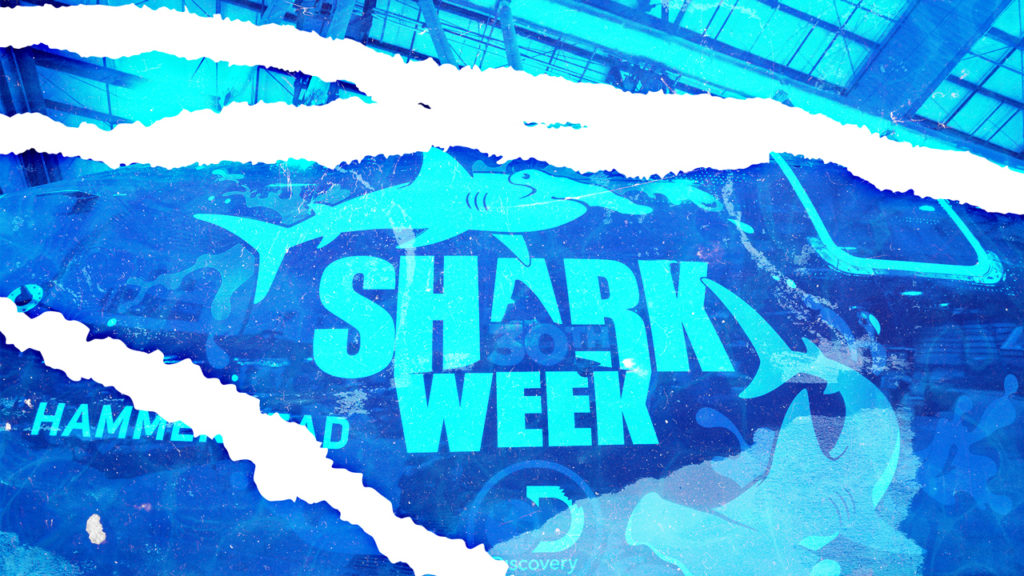Those who want to “swim with sharks” can do so with an augmented reality experience on Southwest’s social channels and in airports across the country. Accessible via a special page on Southwest’s website, users can download the filter on mobile and choose any of the five most-popular sharks featured in Shark Week programming, and have the sharks swim across their screens. Southwest is urging followers to document and post on their social channels with the hashtag, #SharksTakeFlight.
Inflight Shark Week tie-ins with Southwest include a library of episodes fliers can watch on the airlines’ custom Shark Week television series channel, as well as a never-before-seen episode available for viewing onboard 30 days before its network release.
Guests can enjoy Shark Week experiences while traveling through terminals, too. Beginning July 8, employees in 40 Southwest airports will display branded materials at the gate to interact with, and host mobile and gate games. The company is also launching a Dare to Dive sweepstakes between July 1-July 31 that gives entrants the chance to win a roundtrip trip to Nassau, Bahamas for themselves and three guests, a $3,000 gift card to The Island House, a boutique hotel, and a $375 gift card to Stuart Cove’s for a diving excursion.
This will be Southwest’s sixth consecutive partnership with Shark Week. In 2018, the company designed a Shark Week fleet consisting of five aircraft to be flown in its network of 99 destinations and 4,000 daily flights. Each plane featured custom artwork around a species of shark seen in the show.
Americans’ popular discount airline its marketing strategy has consistently injected its marketing with both popular culture and purpose-driven campaigns that keep its customers returning, as evidenced by its comeback after an accident killed one of its passengers in April 2018. According to British marketing research agency YouGov, just before the accident, 41 percent of customers surveyed said they’d consider flying with Southwest. That number fell to 31 percent one month after the accident, but seven months after the fact, the number was back up to 44 percent.

